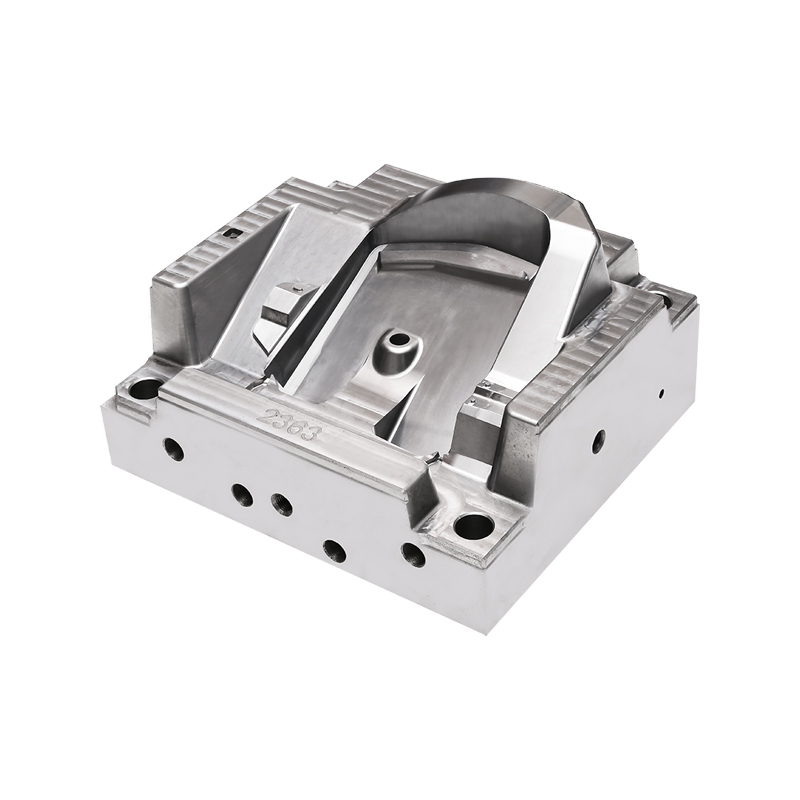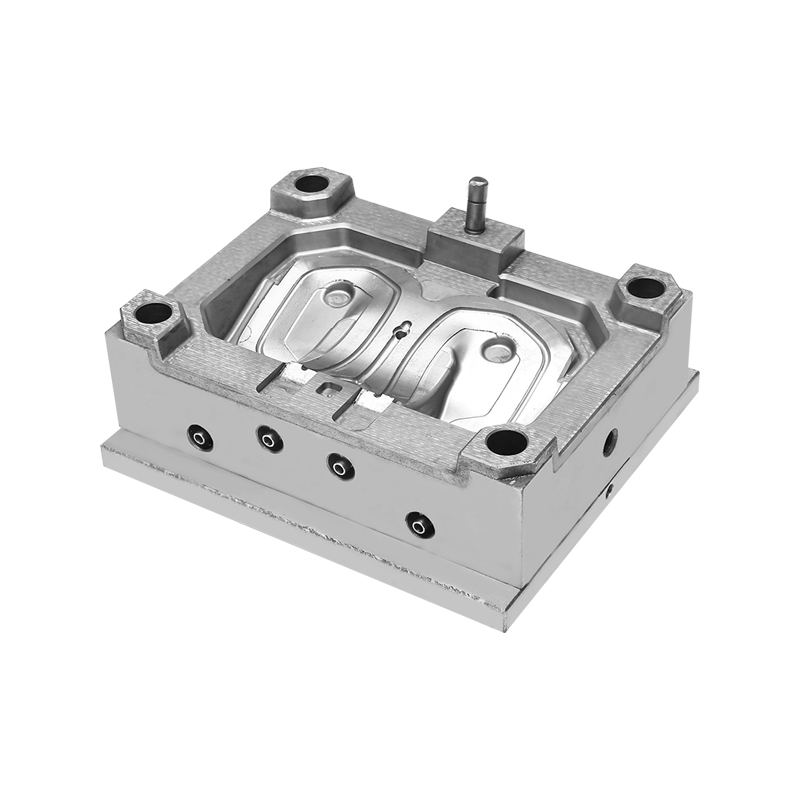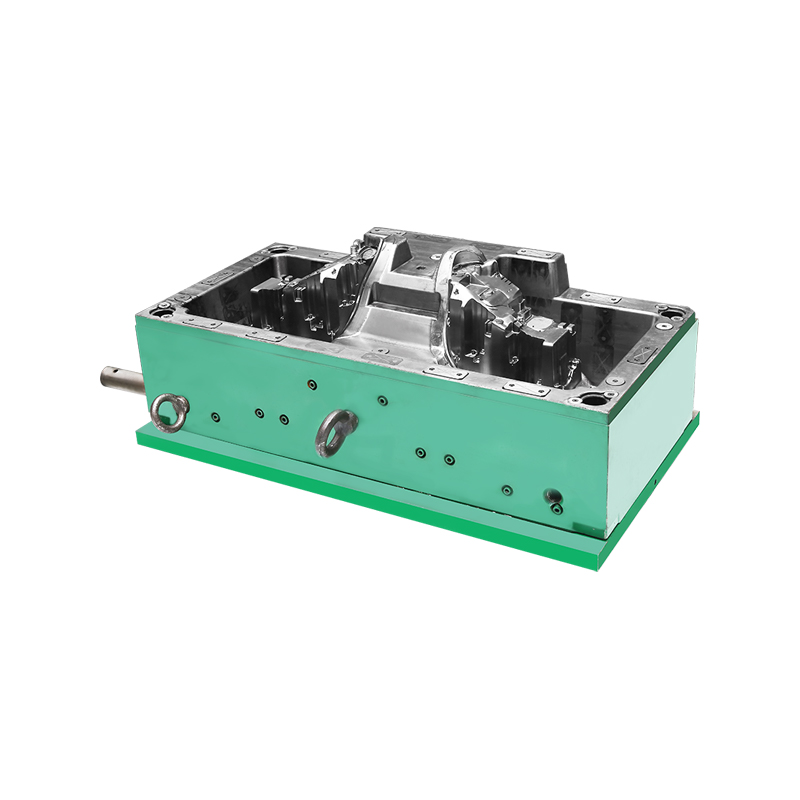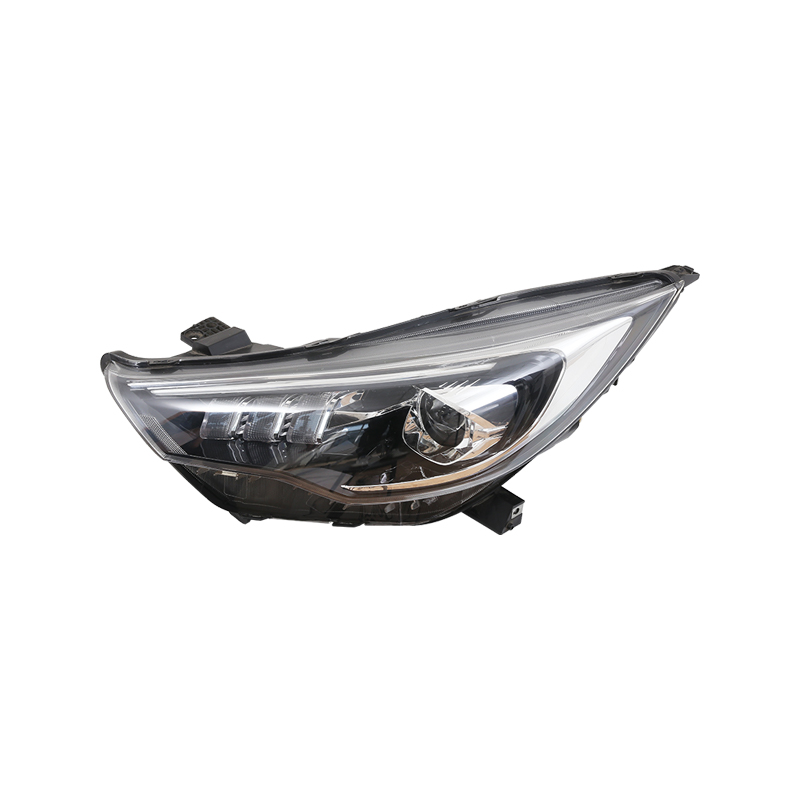In the world of manufacturing and industrial design, precision and innovation often go hand in hand. One such innovation that has significantly impacted various industries, particularly automotive and electronics, is the Led Plastic Lens Mold. Understanding its origin and the intricacies of Automotive Parts Plastic Injection Molding provides valuable insight into these advanced manufacturing processes.
The Origin of Led Plastic Lens Mold
The Led Plastic Lens Mold represents a pivotal advancement in the production of light-emitting diode (LED) components. LEDs themselves revolutionized lighting with their energy efficiency and longevity. However, the production of LED lenses posed unique challenges due to their intricate designs and the need for optical precision.
The origin of the Led Plastic Lens Mold can be traced back to the mid-20th century when plastics began to emerge as a versatile material for manufacturing. Initially, lenses for LEDs were made from glass, which was durable but costly and less flexible in terms of design. Plastic offered a more cost-effective alternative that could be molded into complex shapes while maintaining optical clarity.
The mold itself is a crucial component in the manufacturing process. It is crafted with precision to ensure that each lens meets the exact specifications required for light diffusion and clarity. The design of the mold allows for the injection of molten plastic under controlled conditions, resulting in consistent quality across production batches.
Over the decades, advancements in materials science and manufacturing technology have refined the Led Plastic Lens Mold further. Today, these molds incorporate advanced features such as multi-cavity designs and computer-aided simulation to optimize production efficiency and reduce waste.
Automotive Parts Plastic Injection Molding Explanation
Plastic injection molding is a cornerstone of modern manufacturing, particularly in the automotive industry where precision and durability are paramount. This process involves injecting molten plastic into a mold cavity under high pressure, which then cools and solidifies to form the desired automotive part.
The automotive sector relies heavily on plastic injection molding for the production of various components ranging from interior trim pieces to under-the-hood parts. These components must meet stringent requirements for strength, heat resistance, and dimensional accuracy.
The process begins with the design of the mold, which is typically crafted from hardened steel or aluminum. The mold is precision-machined to mirror the exact specifications of the part to be produced. Modern manufacturing techniques, such as computer-aided design (CAD) and computer-aided manufacturing (CAM), play a crucial role in ensuring the accuracy and efficiency of mold creation.
Once the mold is prepared, the plastic material, usually in the form of pellets, is heated to a molten state and injected into the mold cavity at high pressure. This pressure ensures that the molten plastic fills every detail of the mold, resulting in a part that is free of defects and conforms precisely to the mold's design.
After injection, the mold is cooled to solidify the plastic, and the part is ejected from the mold cavity. Depending on the complexity of the part and the material used, additional post-processing steps such as trimming, finishing, and assembly may be required to achieve the final product.
Advantages of plastic injection molding in automotive applications include the ability to produce complex geometries, consistent part quality, and cost-effectiveness for large-scale production. Moreover, advancements in materials have led to the development of lightweight yet durable plastics that contribute to improved fuel efficiency and overall vehicle performance.

 English
English 中文简体
中文简体 русский
русский Español
Español








